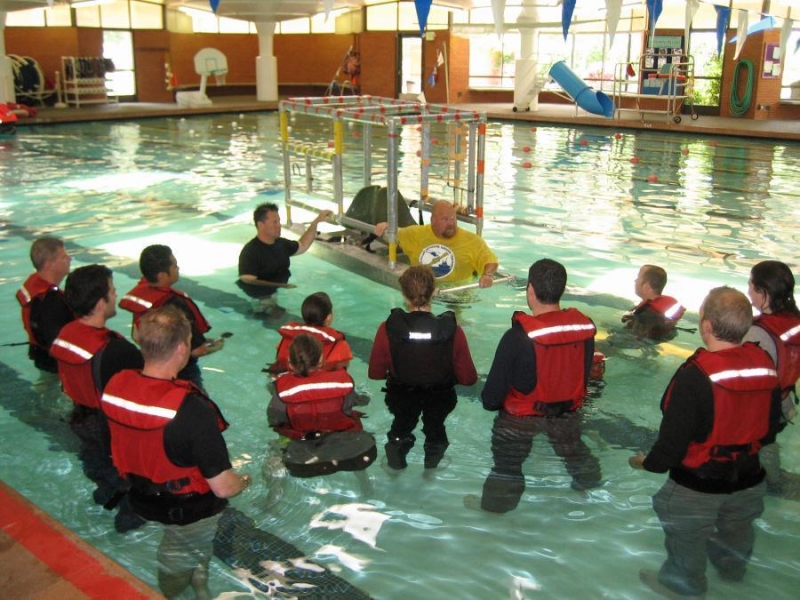
APRIL 28, 2018 — Today is World Day for Safety and Health at Work, also known as “Workers’ Memorial Day.” This day is a time to remember and honor those who have suffered injuries or lost their lives on the job. Also, it’s a time for us to reflect on lessons learned and strengthen our commitment to safety at work.
At NOAA’s Office of Response and Restoration, we have staff based throughout the country. And for many of our scientists, their “workplace” can vary from an office to an ever-changing field location. Our field staff can find themselves in a wide range of environments — from the Gulf of Mexico to the Arctic, and from diving underwater to doing overflights above open seas — and each one presents different hazards.
This year OR&R has set up aviation safety training to ensure all staff who use aircraft to conduct their NOAA mission, are properly trained on basic survival techniques and understand the risks involved with flying over water. This course will include discussion on the psychology of survival, search and rescue operations signaling devices and their use, cold and hot weather survival, along with hands-on underwater egress training.
Aircraft incidents are rare, but receiving the proper training to know how and when to take action, can save your life. Our ultimate goal is to protect the health and safety of all of our staff and continue creating safe working conditions wherever we work.
A safety program is a two-way street that requires a commitment to workplace safety at a management level and participation from all staff. A safety culture that is built around preventative action helps employers to avoid production loss, damage to equipment, and added insurance costs. For employees, it helps to avoid loss of life, injury, loss of income, and healthcare costs. By identifying potential risks before they happen, we can avoid a host of unwanted incidents.
